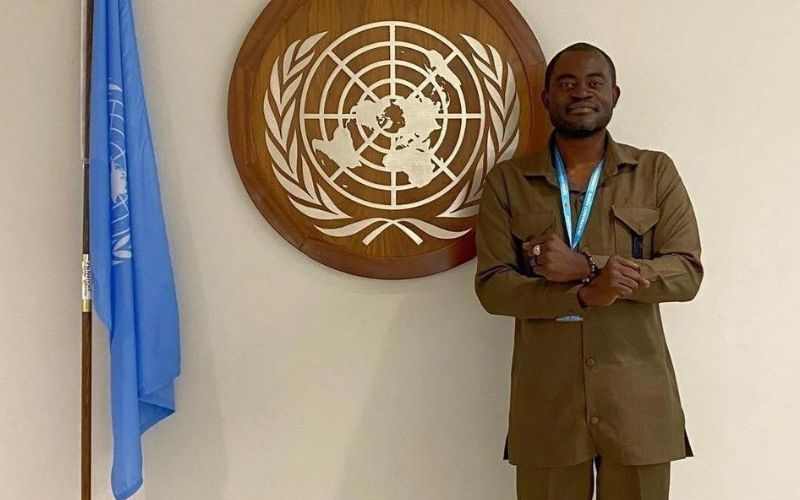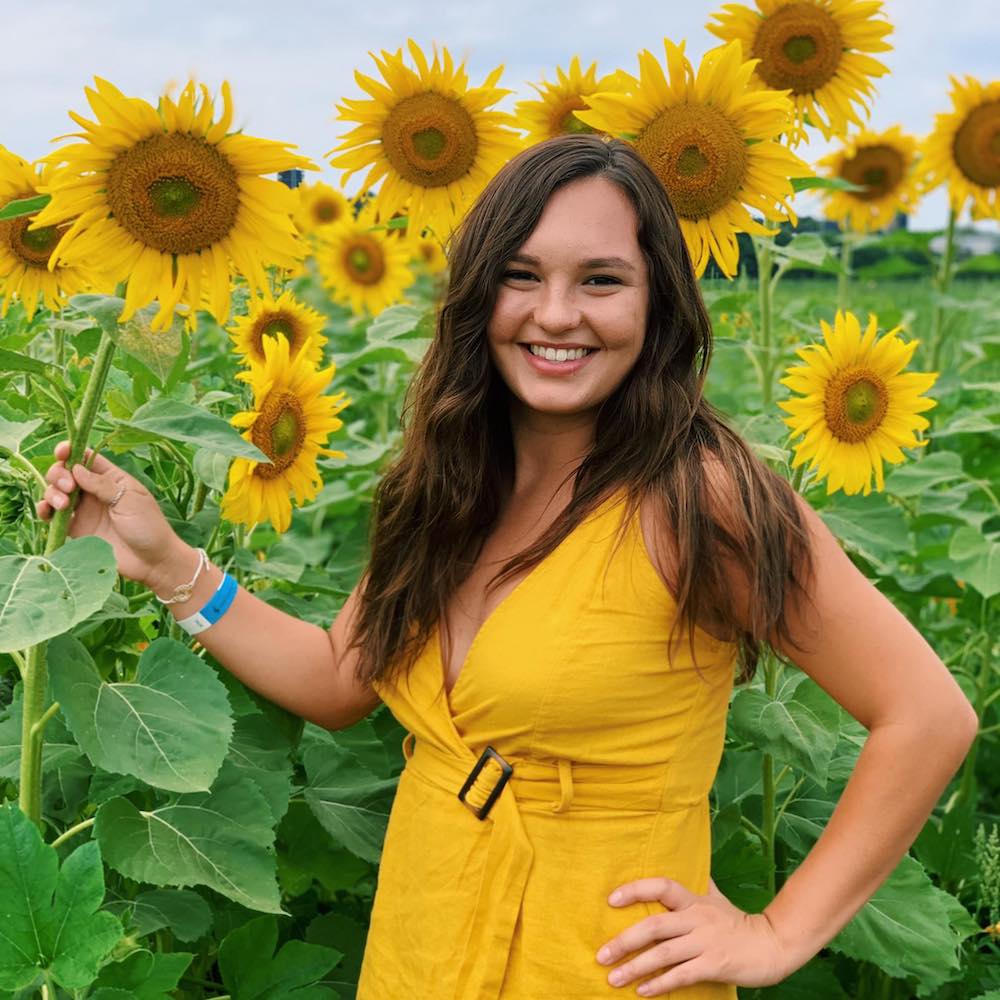
- Details
- By Kaili Berg
The campaign aims to raise awareness of the loss of ancestral land among Indigenous communities worldwide through artworks created by community members directly affected by land loss.
Money raised through the will be allocated to providing legal support to communities facing land grabs, educating communities on land rights law, lobbying for reforms to protect Indigenous lands, and raising global awareness about the destructive nature of forced displacement.
Nana Kwesi Osei Bonsu, the founder of Land Rights Defenders and advocate for Indigenous rights, has been at the forefront of the campaign. Originally from Ghana, Bonsu spoke before the United Nations about land rights and displacement. His vision for “Art Meets Activism” is rooted in the belief that art can serve as a powerful catalyst for change, bridging the gap between communities and policymakers.
In honor of World's Indigenous Peoples Day Native News Online sat down with Nana Kwesi Osei Bonsu to discuss his journey from persecution in Ghana to empowering future generations through advocacy.
Can you share a little bit about your background and what inspired you to start Land Rights Defenders?
Let me make this analogy. Imagine a symphony, a harmonious melody played across generations. This melody embodies the connection between my community, the people of Ghana, and our ancestral lands. But this symphony has been shattered by discord. As a seventh-generation descendant of Osei Tutu I, founder of the Ashanti Empire, my community is connected to a rich, sacred heritage.
However, we have been subjected to prosecution and constant criminalization for exercising our inalienable right of ownership and control over ancestral lands. After fleeing persecution and coming to the United States, I felt a calling to incorporate a movement that would empower future generations. Indigenous people hold a prime role in achieving global climate justice, and that’s why I started Land Rights Defenders.
Can you explain the concept behind the “Art Meets Activism” campaign and how it aims to raise awareness about land rights?
Art can be a very powerful way to connect with people on an emotional level, making issues more relatable and sparking interest. By combining artistic expression with activism, Land Rights Defenders hopes to create a powerful movement that can raise awareness, shift public perception, and ultimately lead to a future where Indigenous land rights are respected. We launched the campaign on Indiegogo with the title “Art Meets Activism: To Give a Voice to the Voiceless,” and so far, we have garnered support and are encouraging more conversations to amplify our mission.
What impact do you hope the artworks will have on viewers and supporters of your mission?
First of all, the artworks will spark meaningful conversations and help amplify our cause globally. Art is a very powerful tool, and we hope it will lead to increased donations, which are essential for funding legal battles, educating communities, and building capacity.
Additionally, it will help us attract volunteers who can support our mission, which is crucial for sustaining global biodiversity.
How were the artists or artworks selected for the campaign?
We have diverse artists connected to Indigenous origins globally. For this current campaign, we featured an artist from Pakistan who created a canvas painting depicting my community leaders and myself. The artwork explains how deeply we are connected to our ancestral lands and the rich nature of our environment.
Can you share a success story that your organization has achieved in holding back land grabs or other significant outcomes?
We have made significant progress. We partnered with Microsoft Tech for Social Impact and USAID Prime Contractor. We also successfully won a human rights case against the Ghana Police Service and the Attorney General’s Department for abusing my fundamental human rights and those of my community.
We submitted special procedure communications to the United Nations Human Rights Council, which were acted upon, and we have been invited to participate in the Summit of the Future in September. These steps have been meaningful, building momentum and gaining visibility for our mission.
What are the long-term goals of Land Rights Defenders, and how do you plan to achieve them?
Our ultimate goal is to see a world where Indigenous communities thrive on their ancestral lands with their rights fully recognized and protected. Secure land rights are the cornerstone of a just and sustainable future for these communities. We empower them through legal aid, advocacy training, and raising awareness, ultimately influencing policymaking at national and international levels.
What messages do you want to convey to the global community about the importance of protecting Indigenous land rights?
Our ancestral lands are not just soil and trees; they are the very essence of who we are, holding the stories of our ancestors and the foundation of our future. We stand in solidarity with all Indigenous people who have been silenced in the face of injustice. Together, we can ensure a future where land rights are not just a privilege but a fundamental right for all Indigenous people.
How can individuals or organizations get involved and support your mission?
They can get involved in several ways by spreading the cause, following us on social media, sharing our posts, and donating through our website. Donations can be made securely through PayPal or by sending checks to our mailing address. They can also volunteer their time and expertise to support our initiatives.
More Stories Like This
Native News Weekly (August 25, 2024): D.C. BriefsUS Presidents in Their Own Words Concerning American Indians
Merry Christmas 2025
Navajo Man Faces Vehicular Homicide Charge After Child Killed at Navajo Nation Christmas Parade
Next on Native Bidaské: Lumbee Tribal Chairman John Lowery
Help us defend tribal sovereignty.
At Native News Online, our mission is rooted in telling the stories that strengthen sovereignty and uplift Indigenous voices — not just at year’s end, but every single day.
Because of your generosity last year, we were able to keep our reporters on the ground in tribal communities, at national gatherings and in the halls of Congress — covering the issues that matter most to Indian Country: sovereignty, culture, education, health and economic opportunity.
That support sustained us through a tough year in 2025. Now, as we look to the year ahead, we need your help right now to ensure warrior journalism remains strong — reporting that defends tribal sovereignty, amplifies Native truth, and holds power accountable.
 The stakes couldn't be higher. Your support keeps Native voices heard, Native stories told and Native sovereignty defended.
The stakes couldn't be higher. Your support keeps Native voices heard, Native stories told and Native sovereignty defended.
Stand with Warrior Journalism today.
Levi Rickert (Potawatomi), Editor & Publisher


